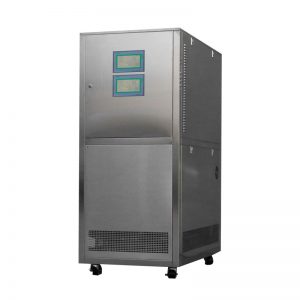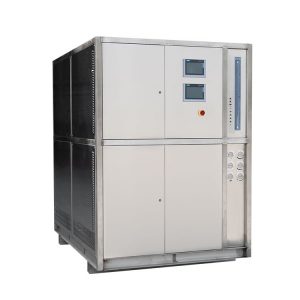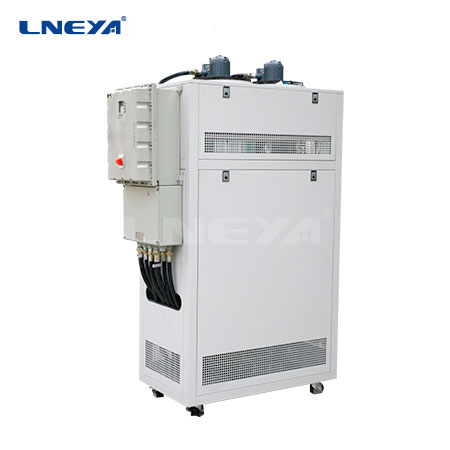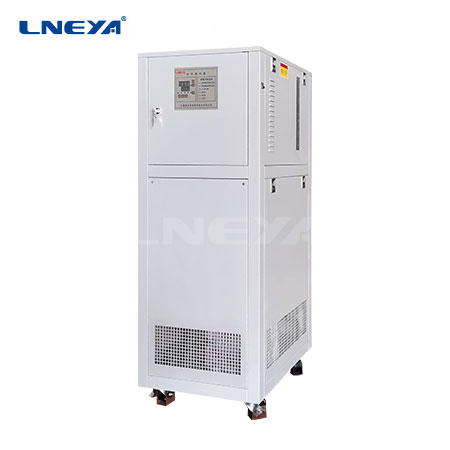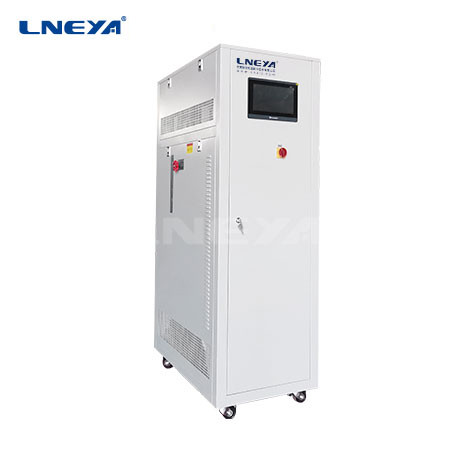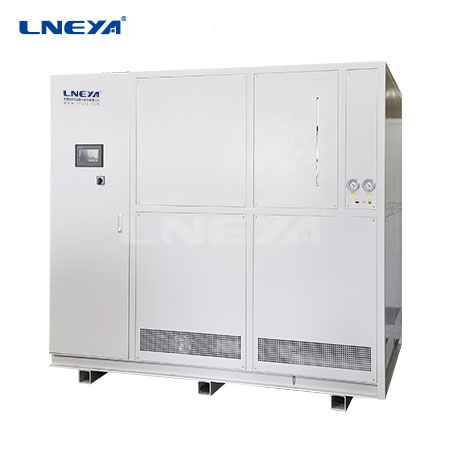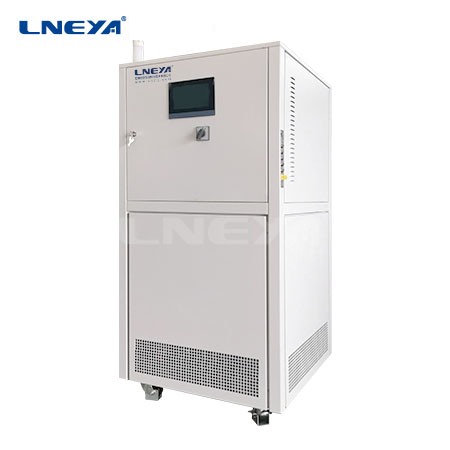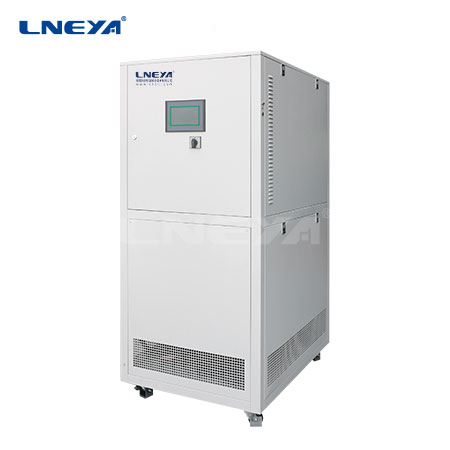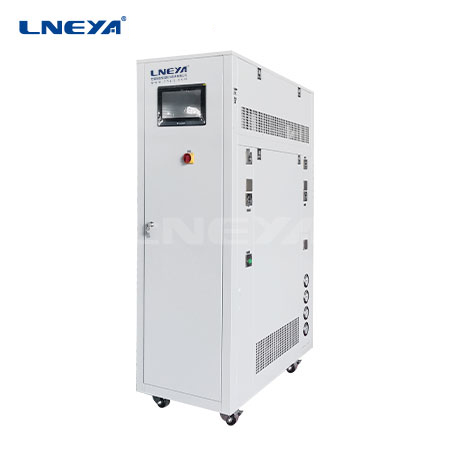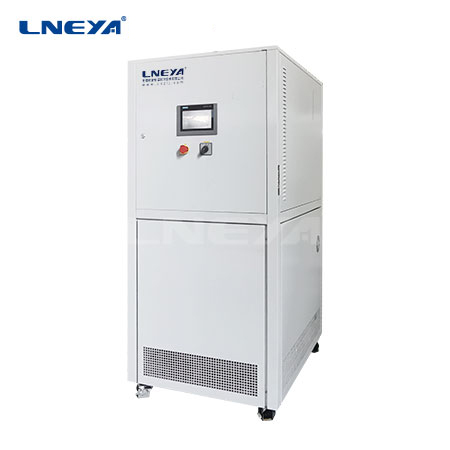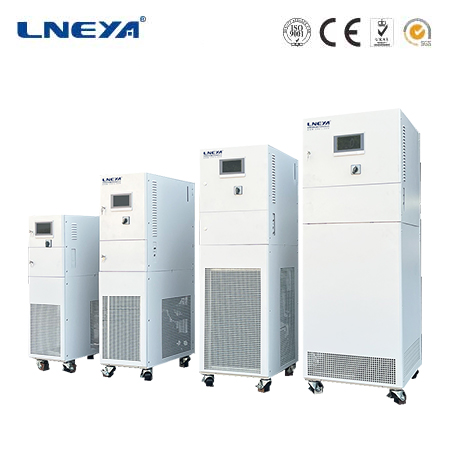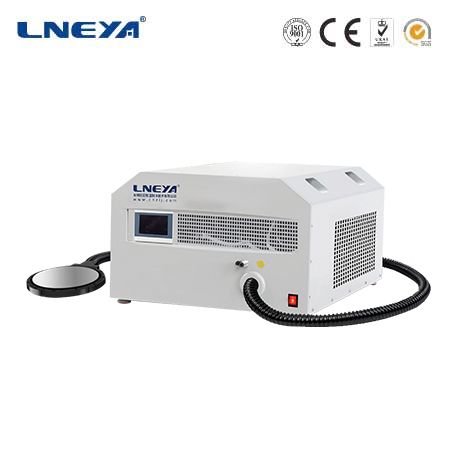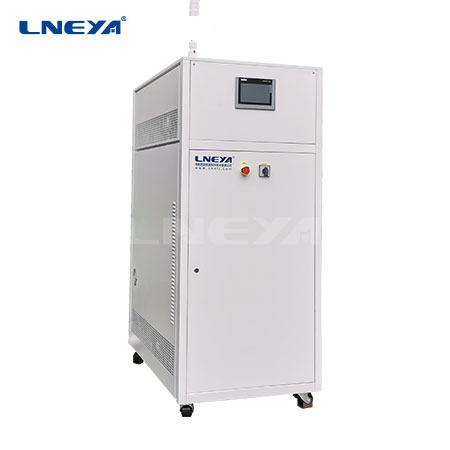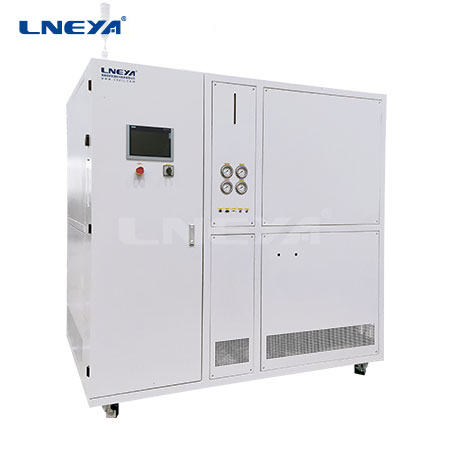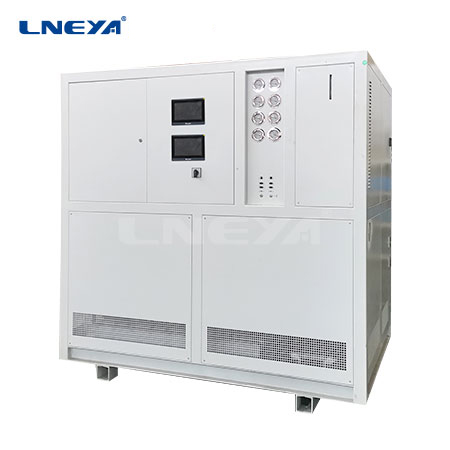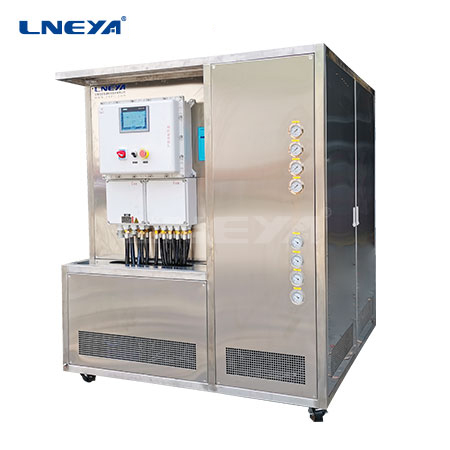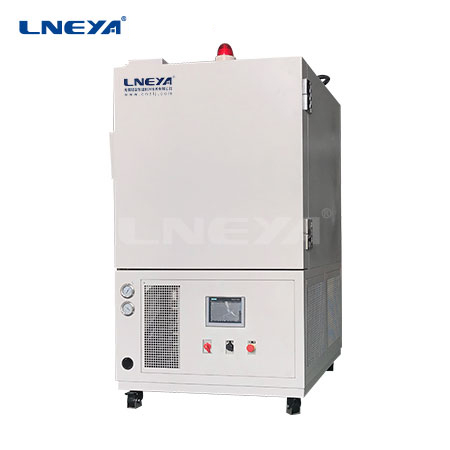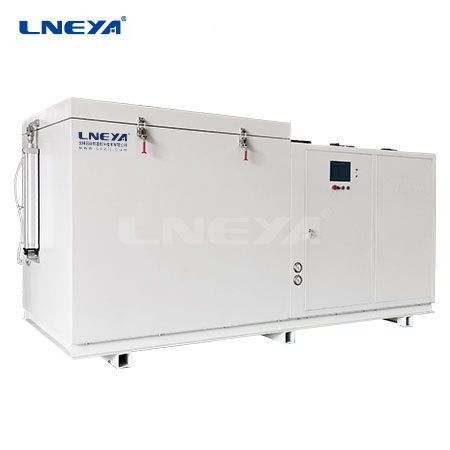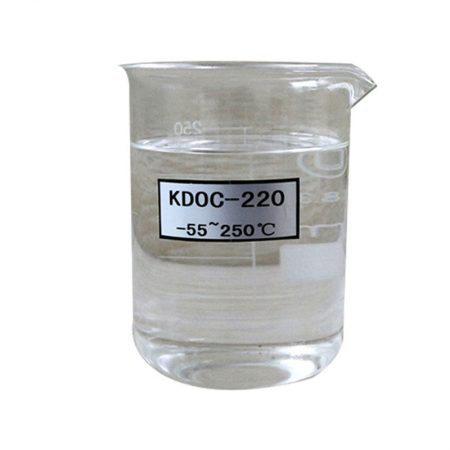Liquid Cooling Chiller for Battery Energy Storage System
Contact us today for the perfect temperature control solution
Liquid cooling chiller for battery energy storage system is a new type of liquid cooling application equipment. It uses energy storage liquid cooling technology to apply the advantages of energy storage liquid cooling to the refrigeration process of the chiller, thus improving the energy efficiency ratio and Operational stability.
Technical introduction of liquid cooling chiller for battery energy storage system
Energy storage liquid cooling technology is a new type of refrigeration technology that uses the phase change of liquid substances and the release of latent heat to achieve the refrigeration process. The core of energy storage liquid cooling technology is energy storage material, which is a substance that can absorb or release a large amount of latent heat when the temperature changes. During the refrigeration process, when the ambient temperature increases, the energy storage material absorbs heat and becomes liquid. When the ambient temperature decreases, the energy storage material releases heat and becomes solid. Through energy storage liquid cooling technology, efficient, stable and reliable refrigeration effects can be achieved.

The heat dissipation method of liquid cooling chiller for battery energy storage system
Generally, liquid cooling is divided into direct liquid cooling and indirect liquid cooling according to the different contact methods between the heating element and the liquid medium.
1. Direct liquid cooling
Direct liquid cooling is also called immersion liquid cooling, which is a method in which the equipment is directly immersed in liquid for cooling. The technology is currently immature and has not been commercially used on a large scale. The difficulty lies in the stability of the coolant, the sealing of the system, and the pressure control inside the system, etc.
Maintenance of immersed liquid cooling faces great challenges. The working fluids of immersed liquid cooling generally include mineral oil and fluorinated liquid. Among them, mineral oil has a high boiling point, is not easy to volatilize, and has low sealing requirements. However, mineral oil has a high viscosity. After the equipment is taken out of the cooling pool, a large amount of working fluid will adhere to it, making it difficult to handle. The electronic fluorinated fluid has low viscosity and is easy to volatilize. After the equipment is taken out of the cooling pool, there is less liquid attached and it will evaporate quickly. There is no problem of working fluid adhesion, and it is easy to plug and unplug cables and replace boards. However, due to its low boiling point and strong volatility, the sealing requirements of the equipment are high. Moreover, the price of fluorinated liquid is high, and regular replenishment will not only increase maintenance costs, but also increase cooling costs. Coolant leaks sometimes have an impact on the environment. Therefore, lax sealing has a great impact on direct liquid cooling systems for low boiling point working fluids.
When using immersion liquid cooling with low boiling point working fluid, the sealing design must also consider the internal air pressure of the equipment. The gas generated by the continuous boiling of the working fluid will increase the pressure inside the system. If the condensation link of the working fluid fails and the boiling gas cannot be re-liquefied in time, the internal air pressure may lose balance and gradually rise. Therefore, direct liquid cooling design requires a comprehensive management system that fully considers the handling of abnormal situations in each part of the complex system.
2. Indirect liquid cooling
Indirect liquid cooling is actually a common cold plate or cold head plus cold radiator design. The heat emitted by the components is taken away through the cold plate where the liquid continuously flows. When it flows through the cold radiator, the heat is dissipated and the temperature decreases. The fluid that has lowered its temperature returns to the cold plate and continues to absorb heat, thus completing the cycle. Water cooling is currently a commonly used indirect liquid cooling technology.
We provide complete temperature control systems design and manufacturing. From standard models to complete customized products up to 900 tons. We specialize in customer service and are dedicated to helping each customer have the optimal temperature control system for their specific need.
We provide non-standard customized solutions. Both single cooling chillers and cooling & heating combo units are available.
Email: info@lneya.com WeChat ID: +8615251628237 WhatsApp: +86 17851209193
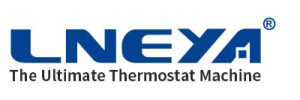 LNEYA
LNEYA
 简体中文
简体中文










